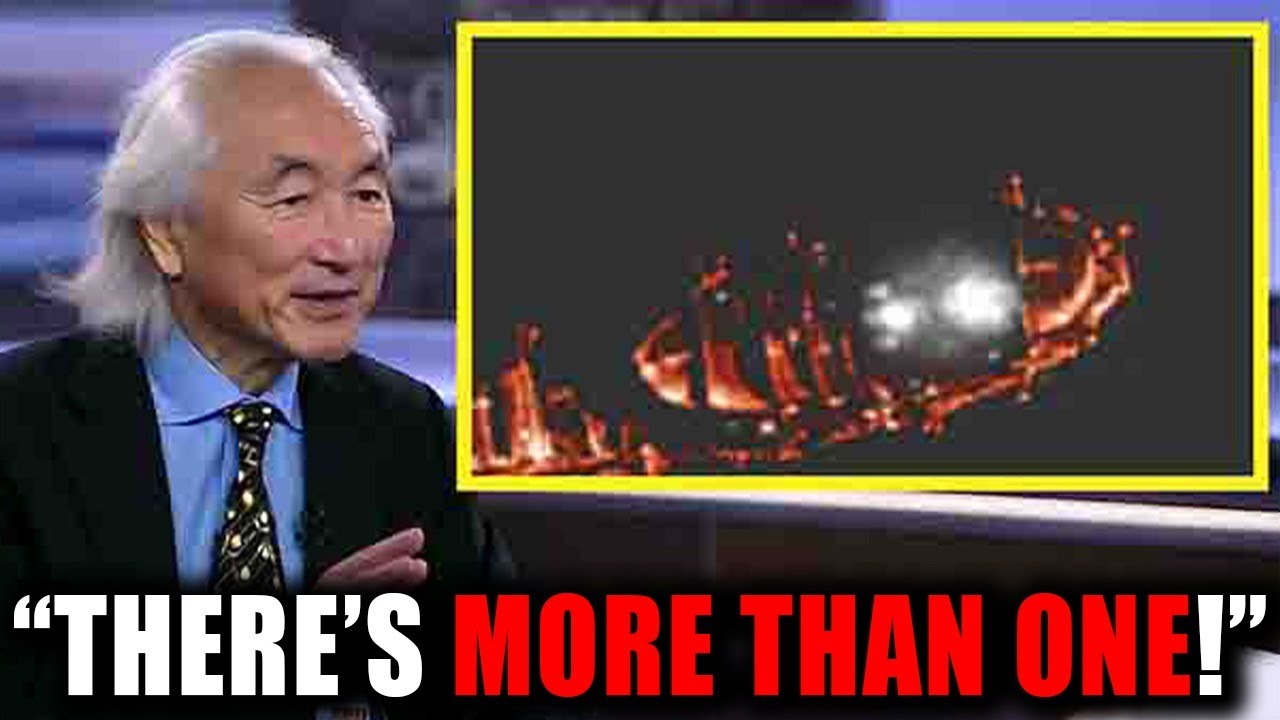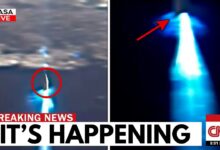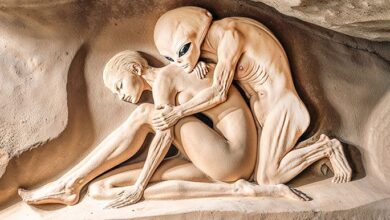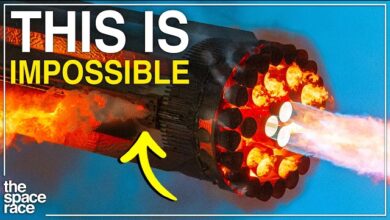Michio Kaku: ‘This Wasn’t the First ʻOumuamua… It Was Just the First One We Noticed’

Rewritten Translation (in English, clear narrative style):
Physicists always crave the “main course” — we don’t just want to observe cosmic phenomena from afar. We want to touch them, analyze them, and study them up close. When that happens, it’s nothing short of a revolution.
In 2014, a mysterious explosion occurred over the Pacific Ocean. U.S. military sensors picked up the event. Years later, scientists confirmed that the object responsible for the blast was interstellar — coming from outside our solar system. But here’s the astonishing part: it wasn’t ‘Oumuamua.
Physicist Michio Kaku believes that ‘Oumuamua wasn’t a once-in-a-lifetime event. It was simply the first interstellar visitor we ever noticed. He poses an intriguing question: How many other objects have slipped through undetected?
Evidence is piling up. According to NASA’s calculations, Earth’s orbit may intersect with about six to seven interstellar objects each year. That suggests dozens, possibly hundreds, of alien objects may have silently passed through our cosmic neighborhood, completely unnoticed — until recently.
‘Oumuamua made global headlines in 2017, when astronomers spotted a long, cigar-shaped object racing through space at extreme speed. Its hyperbolic trajectory revealed it wasn’t bound by the Sun’s gravity. This wasn’t just another asteroid or comet — it was the first confirmed interstellar visitor ever documented.
But Michio Kaku’s statement reframes how we view this discovery. According to him, ‘Oumuamua wasn’t the first interstellar object to enter our solar system. It was simply the first one we detected. For all of human history, countless objects from distant star systems may have quietly passed through our solar system — we just lacked the technology to notice them.
Even more mind-blowing, that 2014 explosion near Papua New Guinea has revealed a stunning reality. The U.S. Space Command later declassified data confirming that the object was of interstellar origin with 99.999% certainty. That means Earth didn’t merely observe an interstellar object — it was actually hit by one.
This revelation fascinated Harvard astrophysicist Avi Loeb, who launched an expedition to search for debris on the ocean floor. His team recovered tiny metallic spherules whose chemical composition is unlike anything naturally found in our solar system. If confirmed, these could be the first physical samples of matter from outside the Sun — alien material you could literally hold in your hand.
And it doesn’t stop there. Another meteor detected in 2017, known as CNEOS 2017-03-09, is also suspected of being an interstellar object, with a trajectory suggesting it came from deep interstellar space.
So why didn’t we detect these cosmic visitors earlier? The simple answer is: we weren’t even looking for them. Our detection systems were not designed to spot fast-moving objects with unusual trajectories. These interstellar visitors just slipped by unnoticed.
Today, scientists are deploying artificial intelligence (AI) to scan millions of astronomical images collected over decades, hunting for signs of interstellar objects. The Pan-STARRS telescope in Hawaii — the same observatory that first spotted ‘Oumuamua — has been photographing the sky consistently since 2010. The Catalina Sky Survey has done similar work since 1998. Buried in this massive archive, there may be countless interstellar objects that no one ever noticed.
The future of this field is on the brink of a massive leap. The Vera C. Rubin Observatory, soon to begin operations, is expected to capture 20 terabytes of sky data every single night — a volume of information impossible for human teams to analyze manually. AI will be essential for detecting objects with unusual speeds and paths that could signal interstellar origins.
Here’s the fascinating part: the next interstellar visitor may not be discovered in real time at all. It could already be hiding in existing data archives, just waiting for the right algorithm to bring it to light.
Some scientists even believe that we’ve already recorded other objects like ‘Oumuamua — but simply failed to recognize their significance. Before ‘Oumuamua’s discovery, astronomy lacked any protocol to prioritize identifying interstellar objects, because most scientists assumed they were far too rare to matter.
An intriguing detail rarely discussed is that military satellites, designed to detect missile launches, may have recorded interstellar meteors blazing into Earth’s atmosphere. Yet much of that data remains classified or has never been analyzed for astronomical purposes.
Today, we’re no longer satisfied with merely observing interstellar visitors. Projects like Project Lyra from the Initiative for Interstellar Studies are exploring how to launch spacecraft to chase down these cosmic wanderers, reaching speeds up to 26 km/s relative to the Sun — faster than anything humanity has ever sent into space.
One promising opportunity could come from the Comet Interceptor mission, a collaboration between the European Space Agency (ESA) and Japan, scheduled for launch in 2029. Although originally designed to study pristine comets, this spacecraft could potentially be redirected to intercept an interstellar object — if detected early enough.
For the first time in human history, we may be able to approach an object from another star system up close, rather than merely observing it from afar. We could study it in detail — even bring fragments back to Earth.
Michio Kaku may well be right: ‘Oumuamua was not the first interstellar object — merely the first one we recognized. And in the near future, we won’t just be noticing more of them. We’ll be chasing them down, studying them, and perhaps holding pieces of distant star systems in our own hands.
The hunt for interstellar visitors has only just begun. And what we discover could change everything we thought we knew about our place in the universe.








